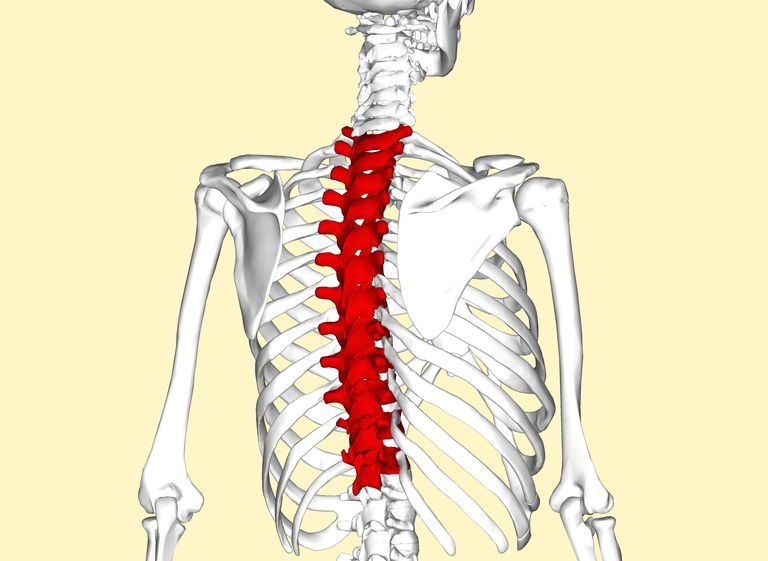Cleaning Up Thoracic Rotation
One of the trickiest movements to get people to go through properly is thoracic rotation. There’s a lot of places that want to take the reins on this movement, like the neck, shoulder blades, low back, hips, big toe, probably left eyeball, who knows.
Part of the challenge is that thoracic vertebrae have relatively small movements from each joint, are somewhat locked down by ribs attaching to the sternum, and the underlying belief that in terms of fitness, more is always better.

So if it’s so tricky to hit up, what are some of the benefits to getting it moving? Well, as the ribs are all anchored to the T-spine (as the kids call it these days), it plays a major role in breathing mechanics. Limited T-spine motion will limit rib motion, which can affect how easy it is to breathe, and also how big of a breath you can take in.
Thoracic extension is also kind of a big deal when it comes to scapular motion too. You need a degree of extension to retract and the scapula, and also to allow for overhead motion, and rotation comes in to play with any kind of gait or throwing motion, so a limit in this areas ability to move can have a ripple effect to a lot of other stuff you may want to do.
So how can you get more movement here without compensating and driving through the other regions mentioned above? There’s a few strategies I’ve found to be effective and will outline here today.
Block the Movement
If you notice that you’re getting a lot of lateral hip sway on a 3 point rotation, you could do something like set up with your hips against a wall to help prevent that movement from happening.
You could even do something similar with a medicine ball or stability ball.
Use a Different External Focus
I’ll often see a goal of getting the shoulder to the floor in poor technique movement for thoracic rotation, or essentially using the end point as the defining feature. While it’s cool to be able to get there, it’s even better to do it properly to get the benefit you were trying to get in the first place.
So instead of using the external focus of getting the shoulder down to the floor, try using one like pointing the belly button at the wall and not letting it turn away.
This is similar to blocking the movement in that it restricts some of the freedom to incorporate compensatory movements, but it’s different because here the block is in your own mind and you’re trying to maintain a position versus letting an external object restrict the movement for you.
Flex Other Muscles
Here’s a loaded variation with a band that involves some hip rotation, but to do these without falling over you pretty much have to flex the abs hard and keep the glutes firing, which can help to limit low back extension and rotation.
Because of how open and variable this movement is, there’s a lot of room to cheat if you’re not paying attention and using enough resistance to feel like you have to work to stay in position.
The main goals are the same regardless of what tool you use: get the joints you’re trying to move to actually move, and have anything else not do the work of those joints. Find strategies that work and put them into play, and for the love of god breathe.